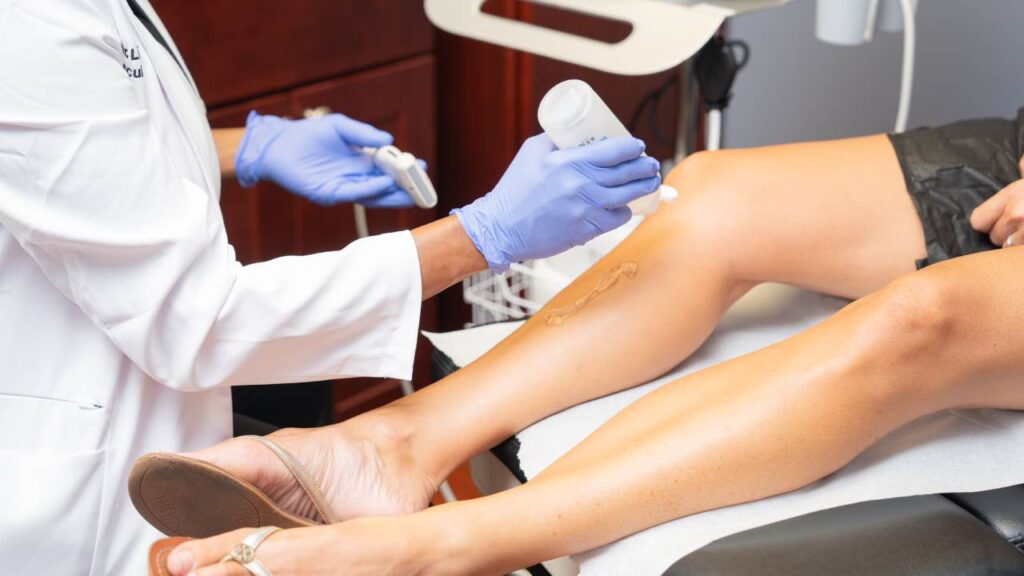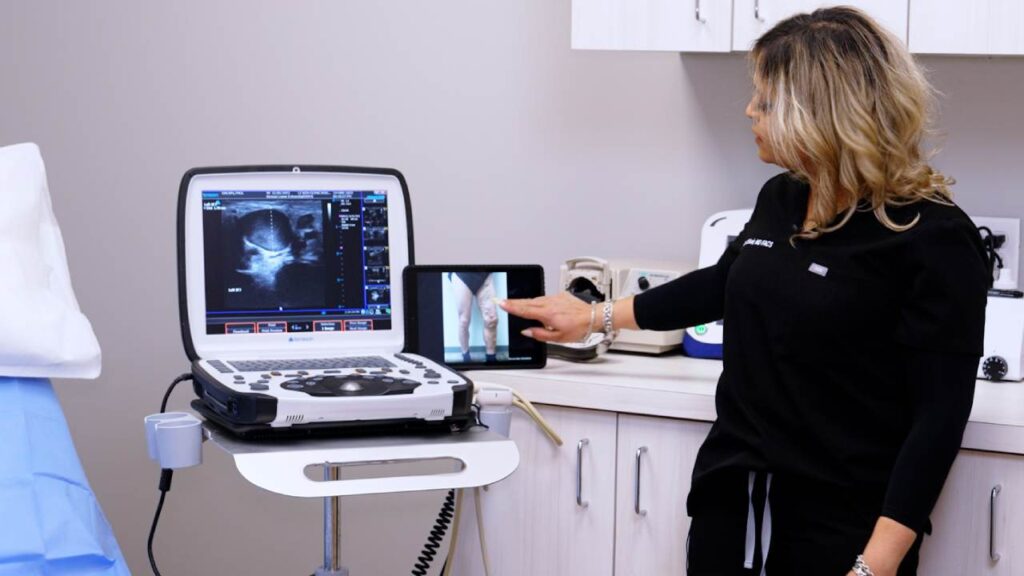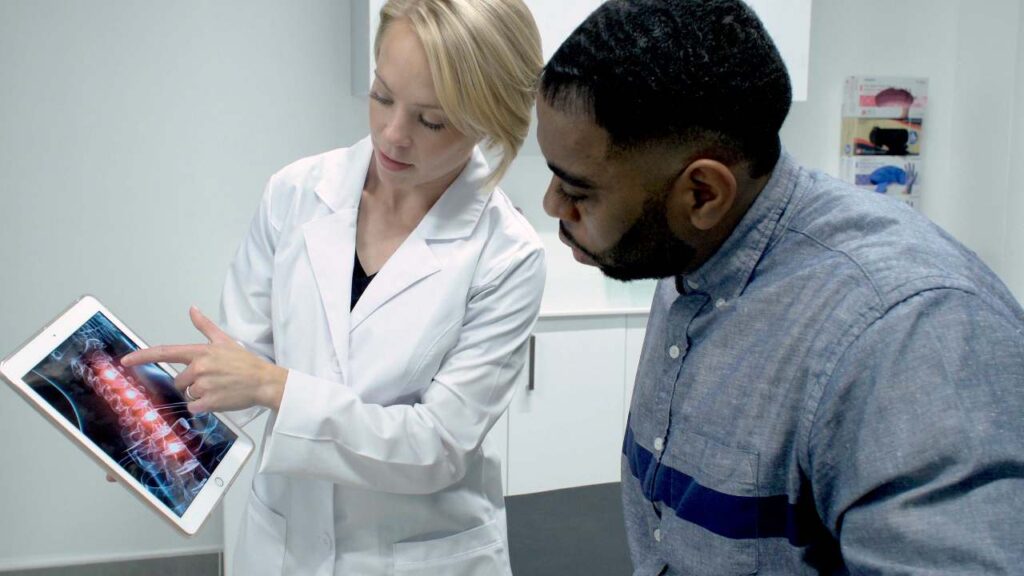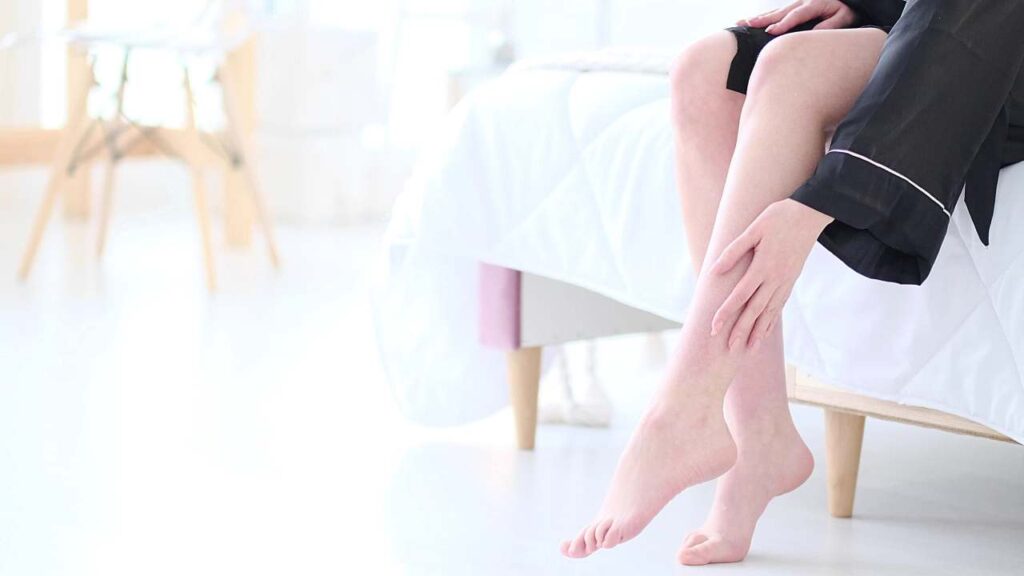Knee Bursitis Treatment Home Remedies | Advice from Harvard Doctors
Prepatellar bursitis pain is an uncomfortable experience. It occurs when the fluid filled sacs (bursa) in front of your kneecap (patella) become swollen. This swelling can cause irritation and inflammation, leading to pain. We can help you alleviate this pain by providing expert medical advice advocated by Ivy League doctors who have an abundance of knowledge and experience. We will also review symptoms of knee bursitis and potential risk factors to help you identify it.
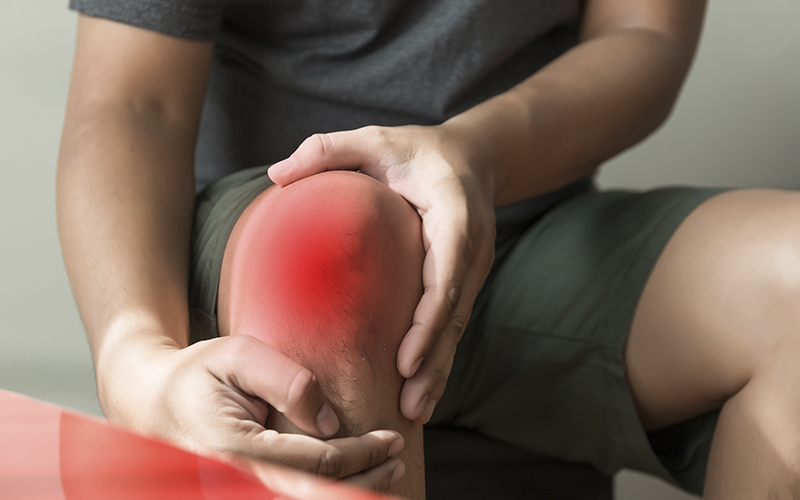
Knee Bursitis Treatment Home Remedies | The Top 4 Tips
The knee is one of the most common areas affected by bursitis pain. This pain occurs as a result of the fluid filled sacs (bursa) producing too much fluid due to repetitive movements. This causes the bursa to become irritated and inflamed, leading to pain. There are over 150 joints in the body that are cushioned by the fluid filled sacs (bursa) and the most common areas with affected bursa include: the shoulders, elbows, hips and knees. Knee bursitis pain varies from each individual, but there are many knee bursitis treatment home remedies available! Let’s take a look at the top four tips advised by top pain doctors:
Rest
Resting your knee will help reduce bursitis pain. This is because knee bursitis is triggered by repetitive movements that cause the fluid filled sacs (bursa) to accumulate too much fluid. This triggers the inflammation and swelling of the joint, causing pain. If you rest your knee, you will reduce movement to the affected bursa. It will also allow the bursa to have time to heal. The time spent resting will vary depending on the degree of pain that is felt.
Strengthen the muscles
Gently stretching your knee will help you to strengthen the muscles. Make sure that your movements are slow and gentle. Give yourself time to ease off from stretching if you start to feel any pain. Ideally, seeking medical advice is the best option if you are looking for specific stretches to help your bursitis pain.
Elevate the knee
If you elevate your knee to be in line with your heart, it can help reduce inflammation and swelling. This is because the blood flow to your area of pain decreases. Resting your knee several times a day on a stool can help alleviate swelling, inflammation and pain.
Use ice packs
If you use an ice pack on your affected bursa, it will reduce the inflammation and swelling. Make sure you wrap a towel around the ice before it is applied so you don’t burn your skin! Ice packs should be applied several times a day. This will help to alleviate pain as your knee will no longer be as inflamed. It is especially useful if you are able to apply ice within 24-48 hours of first feeling the knee bursitis pain! If you don’t have an ice pack to hand, using a bag of frozen vegetables will also do the trick.
Symptoms of Knee Bursitis
Now that you are aware of knee bursitis treatment home remedies, let’s look at knee bursitis symptoms. The symptoms can vary from person to person and range from discomfort to considerable pain. Some symptoms include:
- Painful knees – usually a dull, achy pain
- Swollen knees
- Red knees
- Knees that feel very warm
- Knees that become more painful when moving or doing exercise
There are some instances where the affected bursa can become infected with bacteria. This can lead to septic bursitis. Septic bursitis can cause complications with regards to treatment. It is important that you know the symptoms of this complication. In addition to the above bursitis symptoms, septic bursitis has these signs:
- You feel cold/are shivering
- You have a high fever with a temperature of 100.4 degrees Fahrenheit or higher
- Broken skin over the affected bursa
- A skin infection, such as cellulitis
Seek medical advice if you think you may have septic bursitis. A specialized pain doctor NY and pain doctor NJ will be able to provide an overview of the problem and extensive treatment options before the problem develops.
Risk Factors
Certain conditions, diseases and lifestyles can affect the risk of developing knee bursitis. Important risk factors to consider include:
- Age – knee bursitis is more common in older individuals
- Other medical conditions – some diseases and conditions can cause knee bursitis, such as diabetes, rheumatoid arthritis and gout
- Obesity – individuals who are overweight can have an increased risk of knee bursitis due to excessive weight gain
- Occupation/hobbies – repetitive motion/pressure can increase the risk of knee bursitis.
If your symptoms persist or get worse, you should consider seeking medical advice from a pain doctor. They can provide you with a consultation and thorough treatment plan to help you. Many doctors rely on surgical alternatives or long-term use of narcotics to treat pain, but these options aren’t always best for health. There are many conservative and highly effective treatment options available that are minimally invasive and maximally effective that don’t require unnecessary surgeries or over-reliance on medications.
Meet Our Ivy League Doctors!
We have an outstanding team of highly experienced specialized pain doctors. All of our pain doctors NY and NJ are board certified and received their training from Ivy league institutions. They have an abundance of knowledge, skills and experience to provide you with modern, minimally invasive treatments that have highly successful outcomes.
If you’re looking for an exceptional pain doctor in New York or New Jersey, consider Dr Michael Nguyen.
If it is an appointment with our top pain doctor in New York, consider Dr. George Hanna.
Contact us today!
Our state-of-the-art facilities and Harvard-trained doctors provide you with care of the highest quality.
To book your consultation with our top pain doctors, you can find information on this website. The pain treatment clinic has locations in both Manhattan, New York and Clifton, New Jersey.
Alternatively, you can also find out more information from our group of physicians based at the Vein Treatment Clinic and Pain Treatment Specialists.

